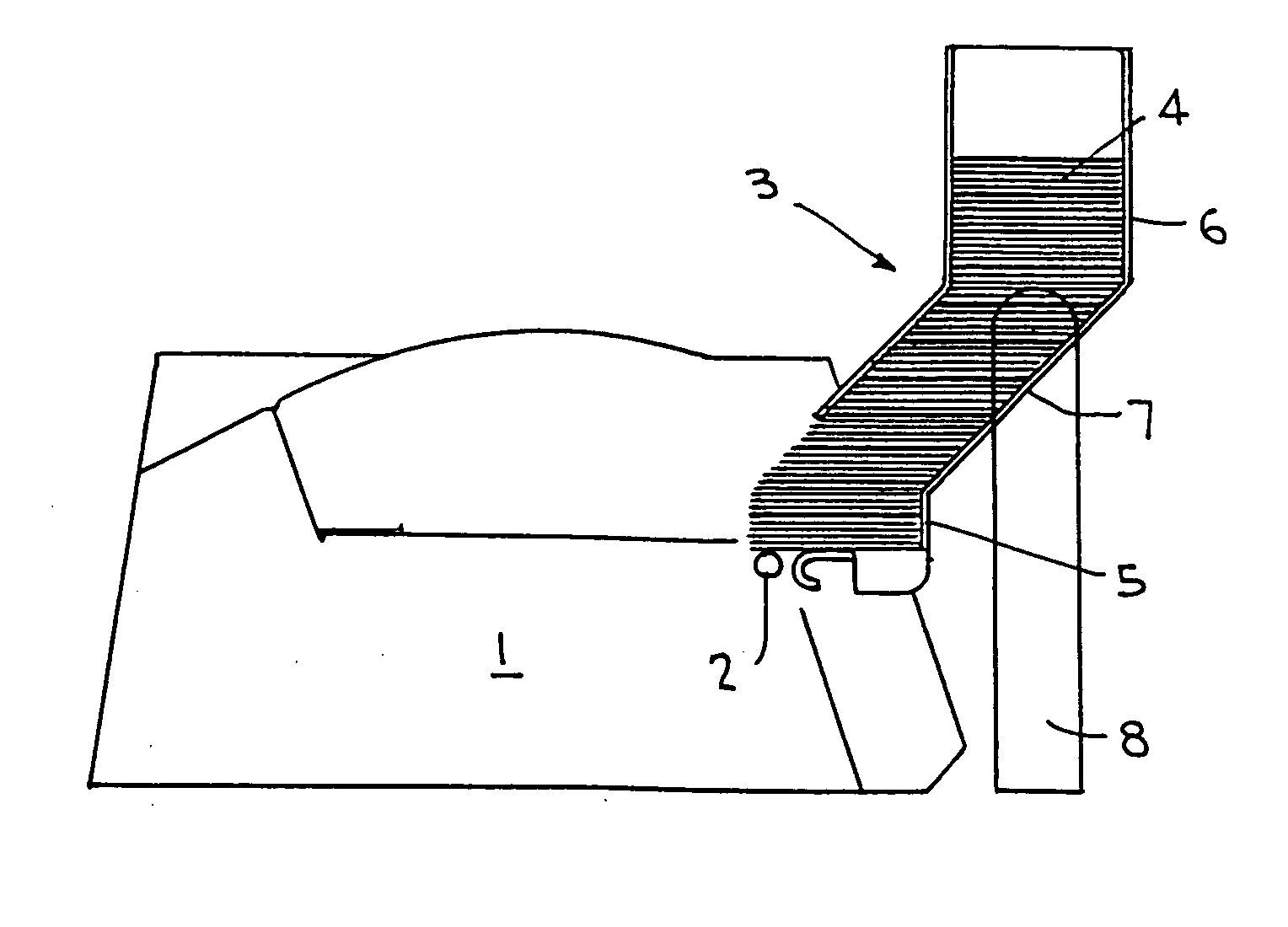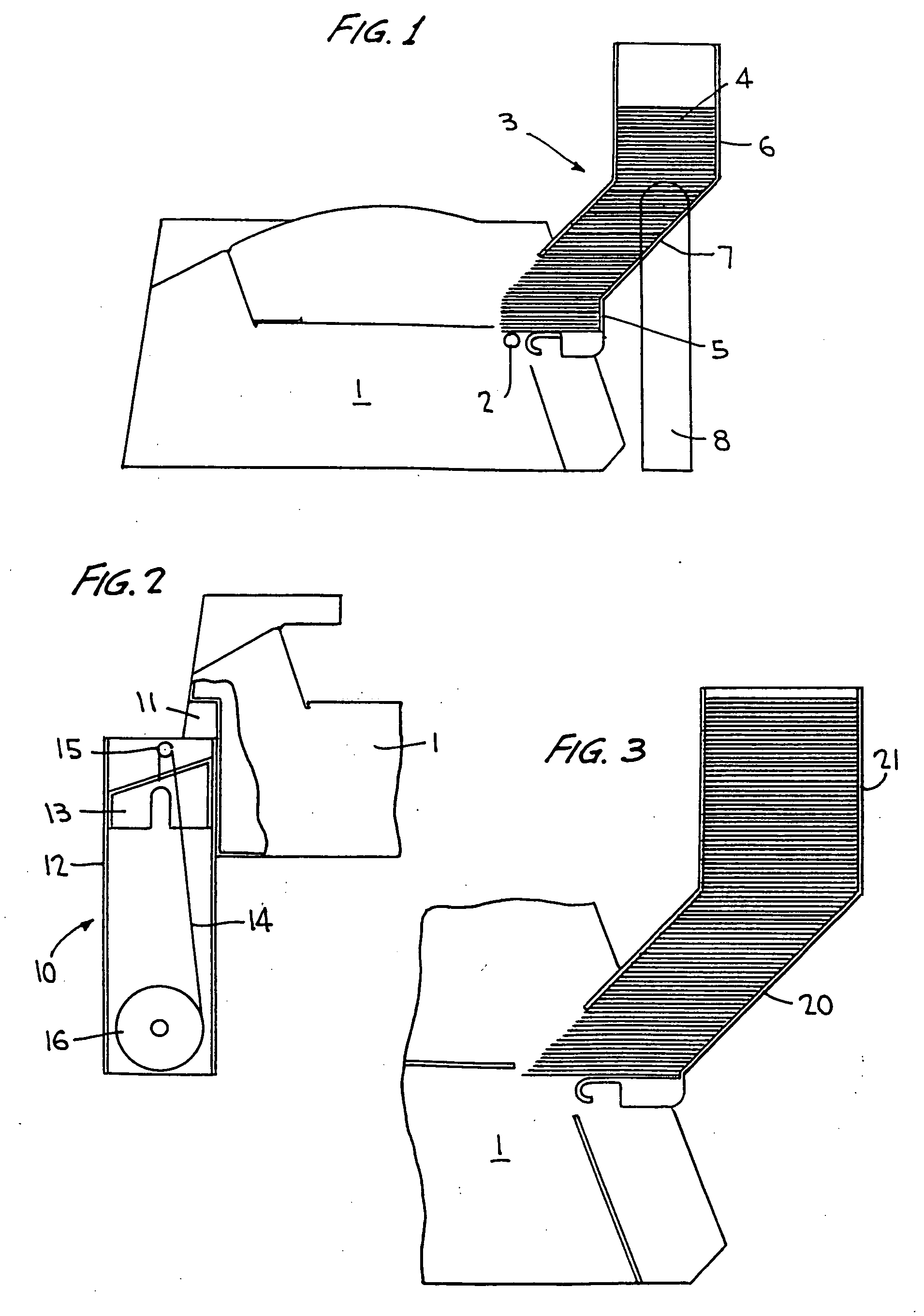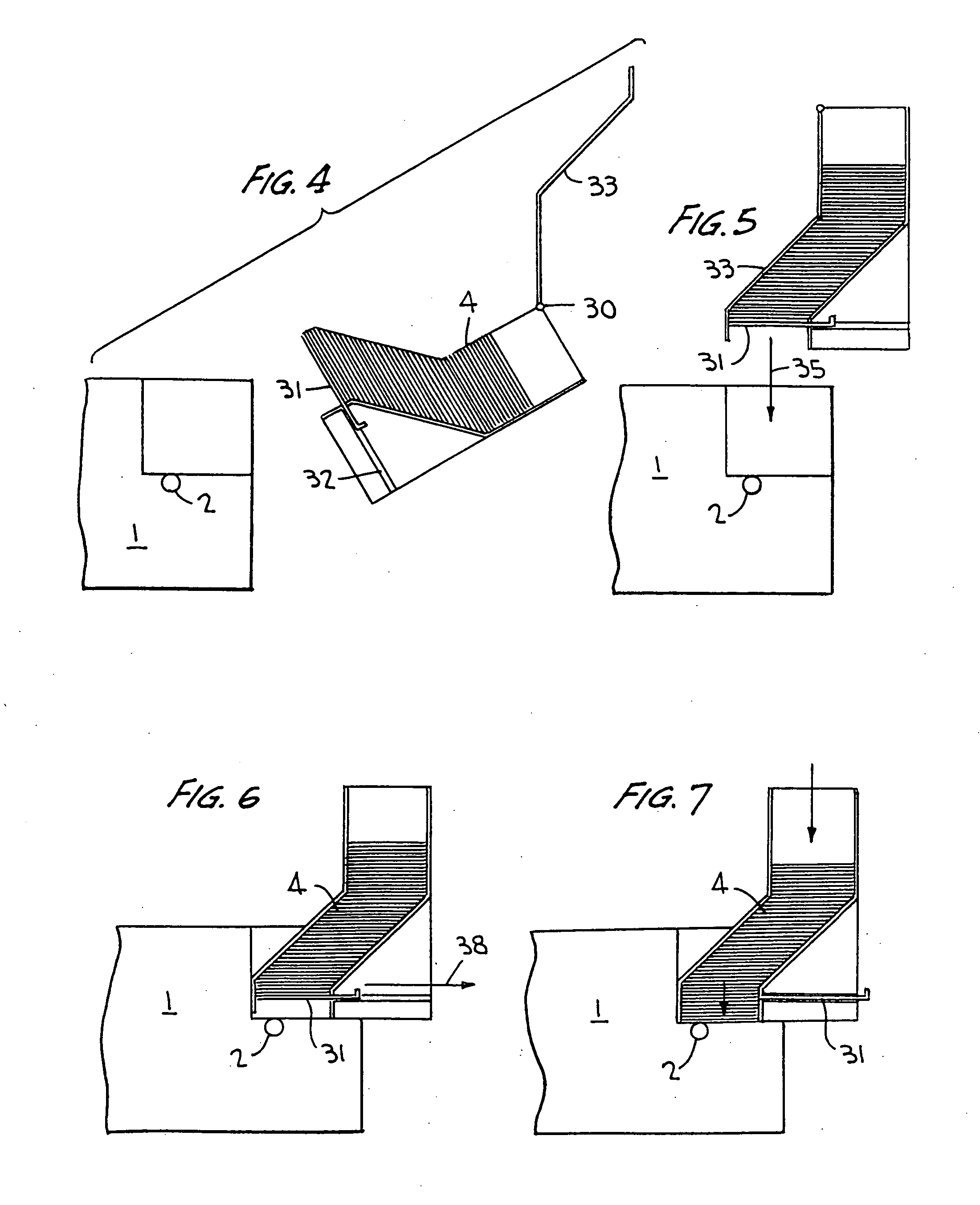Card printing devices
a printing device and card printing technology, applied in the direction of printing, other printing devices, article separation, etc., can solve the problems of insufficient number of cards to be produced, old personalisation methods, simple inability to reproduce photographs or similar images, etc., to achieve smooth sequential feeding of cards into the printing portion of the machine, the effect of improving the reliability of card separation
- Summary
- Abstract
- Description
- Claims
- Application Information
AI Technical Summary
Benefits of technology
Problems solved by technology
Method used
Image
Examples
Embodiment Construction
[0012] The invention is further described by way of example only with reference to the accompanying drawings in which:
[0013] FIG. 1 shows a diagrammatic side view of a card printer device having an input hopper in accordance with the present invention.
[0014] FIG. 2 is a schematic side view of the apparatus of the present invention showing a detail of a preferred outlet stack for the device;
[0015] FIG. 3 is a diagrammatic side view showing an alternative input hopper design, and
[0016] FIGS. 4 to 7 show diagrammatically the loading and placement on a printer of a further variant hopper design.
[0017] Referring to FIG. 1, this shows in side view schematically a known card printer 1. This is drawn simply as the outline of the printer casing itself, the internal workings being unrelated to the present invention save for a driveable in-feed roller 2, the position of which is indicated diagrammatically to the right of the printer.
[0018] On the right hand side, the printer 1 carries a hopper...
PUM
 Login to View More
Login to View More Abstract
Description
Claims
Application Information
 Login to View More
Login to View More - R&D
- Intellectual Property
- Life Sciences
- Materials
- Tech Scout
- Unparalleled Data Quality
- Higher Quality Content
- 60% Fewer Hallucinations
Browse by: Latest US Patents, China's latest patents, Technical Efficacy Thesaurus, Application Domain, Technology Topic, Popular Technical Reports.
© 2025 PatSnap. All rights reserved.Legal|Privacy policy|Modern Slavery Act Transparency Statement|Sitemap|About US| Contact US: help@patsnap.com



